As March unfolds and St. Patrick’s Day festivities commence, amidst the choice of a pint for many, it's important to pause and address the topic of liver health. The liver has many roles in the body:
As a result of these key functions, liver dysfunction can have a cascade of effects including:
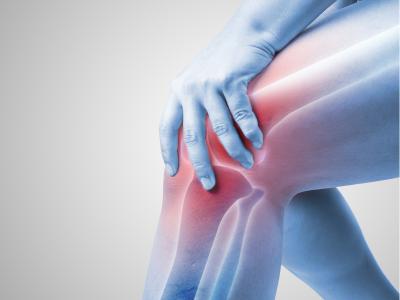
Is that last one a surprise to you? It was to me! I was listening to a podcast on kissing spine— an arthritic condition in horses that has become more prevalent. The discussion went to findings in dissections of horses with kissing spine showing bone level bruising throughout the body AND liver pathologies, and that further, when horses with kissing spine were given liver supportive treatments, the disease progression slowed dramatically or even stopped. So I had to dig deeper—was there research into the role of liver dysfunction in arthritis in people? And the answer was a resounding yes.
Now in classical biomedical standards, the liver is not considered diseased until it’s near failure— jaundice, ascites, major problems...but there is also a clear association in the literature between hepatitis B infections and arthritis. So why wouldn’t earlier-stage liver issues from other causes have the potential to cause joint and bone changes? The research certainly points that way. Given all the things our liver does for us, I’ve had a change in perspective. With the abundance of liver-supportive herbs available to us that are safe, why not just plan on a quarterly liver cleanse to help keep that lovely organ happy and healthy?
*If you take supplements, herbs, or prescription medications—do review this protocol with your health care provider or herbalist*

Do keep in mind—all the cleanses and tonics in the world won’t be able to make up for a poor diet! So on a daily basis, remember that your food and drink choices matter! Sugar, alcohol, and junk food add a strain to your liver. Herbal teas, nutrient-rich veggies, and fruits support your liver.
On a daily basis the following herbs can gently support your liver and blood:
In terms of a safe liver cleanse, MediHerb has some lovely herbal complexes to both cleanse and support the liver. So every quarter, I recommend the following protocol: Raja Wellness Quarterly Liver Cleanse
Starting the cleanse with LivCo around the full moon taps into the clearing energy of this celestial body (stay tuned next month where I discuss parasite cleanses and the pull of the full moon for more details). Then take a break for a few days and start the “tonifying” phase with Livton to support the liver as the energy of the new moon helps guide the herbs into a building phase. For most people, doing this 4 times per year will be sufficient. If you don’t regularly take prescription medications, aren’t drinking alcohol on a weekly or daily basis, get plenty of exercise, and manage your stress—then 1-2x per year will be plenty for this cleanse.
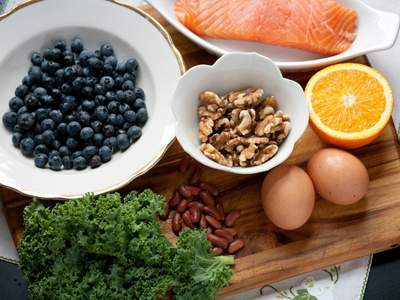
In addition to the herbs, I recommend following a liver-friendly diet rich in plant-based proteins, vegetables, and some high-quality fish in addition to nuts, olive oil, and fruits. There is a multitude of research into nutrition for longevity, reduced disease, and health. The common theme among these findings is: to eat a diet high in vegetables, plant-based proteins, and whole grains with small amounts of fruits, grains, and animal proteins. Olive oil, coconut oil, and nuts all have protective properties for the brain and liver. As Jack Lalanne used to say “The longer the shelf life, the shorter your life”. Those handy packaged “foods” are often no longer actual food but merely a food-like product!
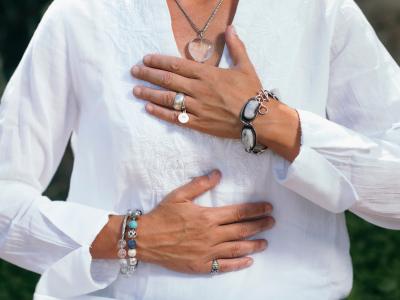
Stress and psychological factors have a direct impact on the function of the liver. The more you can regulate stress through lifestyle and exercise, the better the liver will function. In Traditional Chinese Medicine, the liver is represented by the wood element—spring is the time of liver growth with new growth reaching and bending to new heights. A healthy wood element is flexible like the young tree, bending with the wind rather than breaking. The color associated with the liver is green and stones like peridot and malachite can support liver function. And yes, regular acupuncture has been shown to reduce stress and increase overall health- even for healthy patients a quarterly “tune-up” with your acupuncturist can keep new problems from emerging. For patients with a high-stress life or who engage in intense physical training- monthly sessions help keep problems at bay.
After enjoying a delicious meal, we may be tempted to kick back and relax. However, emerging research suggests incorporating a brisk walk into your post-meal routine can offer numerous health benefits. From improved digestion to better blood sugar control, the advantages of walking after eating are backed by scientific evidence!
Enhanced Digestion:
One of the primary benefits of walking after eating is improved digestion. Physical activity helps stimulate the digestive system, encouraging the efficient breakdown of food. A study published in the "Journal of Gastrointestinal and Liver Diseases" found that post-meal walks accelerated the rate at which food moved through the stomach and intestines, reducing feelings of bloating and discomfort.1
Blood Sugar Regulation:
Walking after a meal may contribute to better blood sugar control, especially for individuals with or at risk of type 2 diabetes. A study in the "Diabetes Care" journal demonstrated that a short, 15-minute walk after each meal significantly lowered post-meal blood sugar levels in individuals with type 2 diabetes.2
Weight Management:
Incorporating walking into your post-meal routine may contribute to weight management. A study published in the "Journal of Physical Activity and Health" found that individuals who engaged in post-meal walks experienced reduced blood triglyceride levels, which are associated with improved metabolism and weight control.3
Mental Well-being:
Physical activity, including walking, has been linked to improved mood and reduced stress levels. Taking a short stroll after a meal can help combat feelings of lethargy and promote a sense of well-being. A review in the "British Journal of Sports Medicine" highlights the positive impact of physical activity on mental health.4

Sometimes, walking may not be an option, and that’s ok! The subtle strength of any low-impact exercise offers wonderful benefits and is accessible to individuals of all ages and fitness levels. Low-impact exercises such as using a rebounder or simply bouncing in place for 2 minutes can offer similar physical and mental health benefits!
The evidence supporting the benefits of walking after eating is compelling. From aiding digestion and regulating blood sugar to contributing to weight management and mental well-being, taking a post-meal stroll or even bouncing in place is a simple yet effective way to enhance overall health!
Incorporating this habit into your daily routine may lead to long-term positive outcomes, making it a small step with significant health rewards.
Sources
*Disclosure: I only recommend products I would use myself and all opinions expressed here are our own. This post may contain affiliate links that at no additional cost to you, I may earn a small commission. Read the full privacy policy here.
Congratulations!
You've survived another holiday season, one of the coldest storms on record for early winter, and probably even spent a little time thinking about the year to come. Millions of people have finished up their year making resolutions to do better in some way—sleep more, eat better, lose weight, save more money, or whatever they feel they are missing. Millions more have celebrated a year come and gone with only a resolution to make no resolutions. No matter which camp you fall into, resolutions often fail. Not because they aren’t worthy, or because their crafter is weak-willed, but because resolutions by themselves are not enough to create changes in habits. And little changes can add up.
We've recently started carrying a new weight loss supplement—I’m very excited about it, especially for those who get stuck in “leptin resistance” and can’t lose weight. But by itself, it's not a magic pill. It takes sustainable change to reduce weight and improve your health. As an experiment, I just added the supplement and made no other changes. I have 20 lbs I’d like to lose. It’s not horrible, but I made a choice last year to focus on other things and not worry about the weight. This year I decided it comes off. So I’ve been taking the supplement for 6 weeks with no other changes and I’ve lost about 3 lbs and 7 inches in total body measurements (waist, neck, chest, hips, arms, thighs, and calves) with the bulk coming off the waist and hips so far. I notice I’m less hungry and I’m craving more veggies with it.
I’ve also been reviewing the research of what’s out there as far as nutrition, inflammation, and weight loss. The data on fasting periodically and its ability to help your body renew itself is remarkable. I’ve looked at the research cited by the China Study, Dr. Gundry (who’s all about eliminating lectins from the diet), and Dr. Anderson (who’s all about how to regulate mental health with diet and exercise whenever possible). The trends are clear and consistent with what I already knew with some new twists. Even moderate calorie restriction for a few days a month can mimic the benefits of traditional fasting. Sugar is bad, fake sugar (with a few exceptions) is worse. Fruits are ok in moderation and when in season. Grains and starches are often just sugars in disguise! And a little quality meat can be beneficial but too much is not good either—many keto diets are far too meat heavy to be healthy in the long run.
I learned some other new things—not eating for at least 4 hours before sleep and waiting for a solid 18 hours to eat again a day or two a week can dramatically improve the housekeeping processes of the brain, leading to reduced inflammation. While I don’t know that I subscribe to the idea that lectins are disastrous for everyone, I have to admit there are enough case studies and examples that suggest if you haven't tried eating lectin-free for 30 days and you struggle with chronic inflammation of any kind, you should give it a shot. In many cases, if you give the gut adequate time to heal, you can add some of those lectin-containing foods back in moderation.
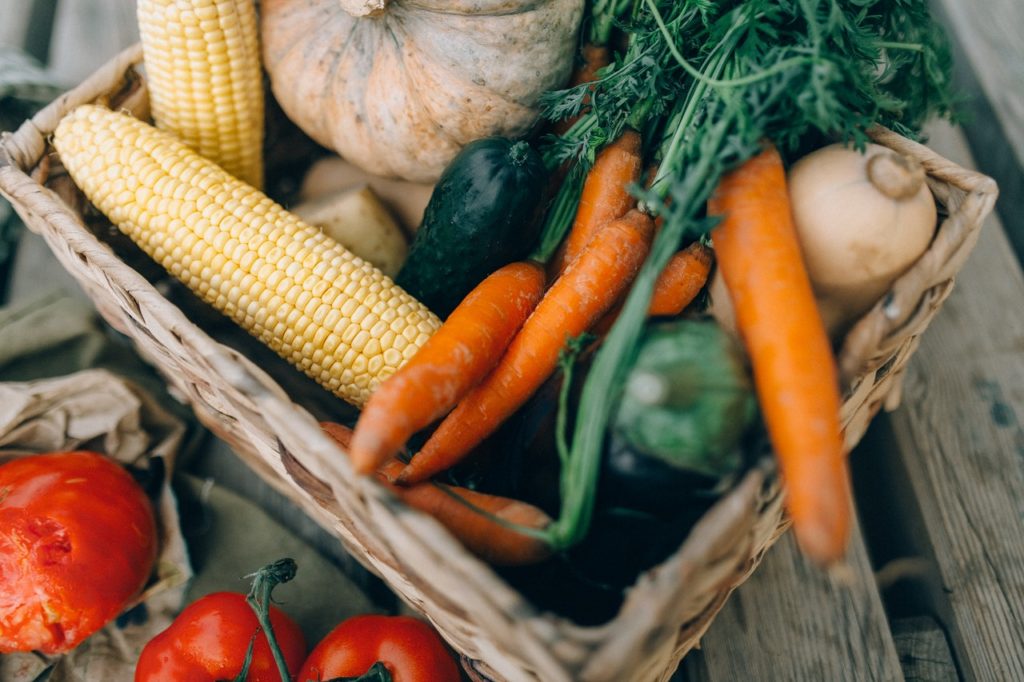
I firmly believe most people in the US are dangerously deficient in vegetables, both in quantity and variety. Many things you “don’t like” are reflections of which bacteria dominate your gut microbiome and as you change your food, you change your flora and your tastes will reflect those changes.
So, for the next 90 days, I’m going to follow the Longevity Paradox meal plan from Dr. Gundry along with my weight loss supplement. I do plan to have occasional sourdough bread in small amounts because I've tried being completely gluten-free in the past and my body feels worse with none. But there’s a huge difference between an occasional small slice of sourdough from organic non-GMO grains and the typical loaf of bread or biscuit available in stores. But other than that small variation, I plan to follow his plan closely. And I'll see what the scale says then.
If you would like to try that weight loss supplement—it’s available for order here
*Note there is both a straight retail option and a membership option for a discount—either way, it comes with a 60-day money-back guarantee!
So back to those resolutions...and why so many fail.
Goals that are not measured typically are not achieved—take for example:
“I want to exercise more in 2023”. This alone is a resolution doomed to failure!
What kind of exercise? When? How often? For how long? Let’s say you decide you want to complete a 10k run by the end of the year. That’s slightly better but still highly likely to fail unless you are already consistently running close to that distance regularly. But let’s assume like many well-intentioned resolutions, you aren't sure you can run around the block...how do you successfully turn that resolution into a completed goal?
1. Pick an actual goal date—Find a race or set a date to run that distance on your own and work backward and make sure it’s far enough out for you to have adequate time to reach your goal.
2. Break it down—If, for example, you want to run a 10k by November, you probably should be able to run a 5k by June...there are a bunch of “Couch to 5k” running guides out there—find one to help you plan.
3. Break it down again—If you want to run 5k by June, you probably should be close to 2.5k by March. That’s a reasonable time length to build a plan around.
4. Make your 90-day plan—Work back from 5k to 2.5k to 0k—and write it out. Then pick one thing you can do today to get you started. Perhaps it’s seeking advice on where to run, reaching out to a local running club, or getting outside to do a test run of how far you can go without straining right now.
5. This is most important—every day when you complete that “mini goal”—celebrate! Give yourself a high five, bask in your awesomeness; give your brain a little “dopamine rush” and help it see the benefit of completing these goals.
That's just one example—maybe your exercise goal is to maintain your current good habits. Then you might say “I will continue to lift weights for 45 min 3 days per week and get over 10K steps a day at least 5 days a week”. Or maybe your goal is to get up out of a chair without struggling— break down how to make that goal work for you!
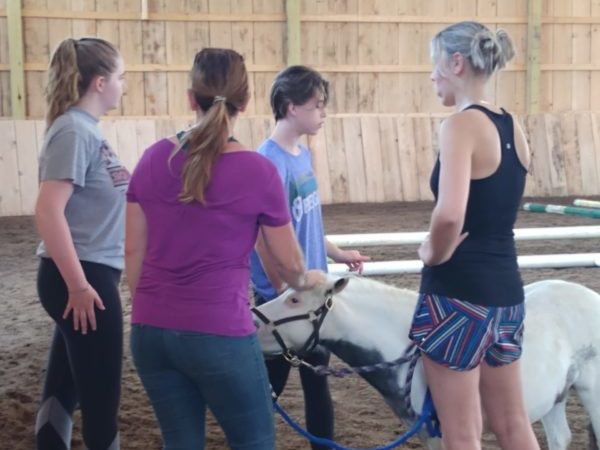
Sometimes we know all these tricks and we still somehow “get in our own way” and as a result, don’t achieve our goals. When that happens, coaching can be immensely valuable in addressing the hidden things that are holding us back from the life we want. Depending on your needs, I may recommend working with one of the coaches I know; or in some cases working with myself and my equine partners in an equine gestalt session over at Rowdy Cowgirl Coaching.
New Year's resolutions are a great way to set goals and work towards self-improvement. While it can be challenging to stick to resolutions, it is important to remember that progress, not perfection, is the key to success. Don't be too hard on yourself if you struggle to meet your goals, and remember to celebrate your victories along the way. With determination and the right strategies, you can make lasting positive changes in your life in the new year and beyond!
Bags come in all shapes and sizes, colors, fabrics, and prices. The only thing that matters is the functionality of it. Maybe you choose a bag that has a way to tote your yoga mat around or has extra pockets for accessories (maybe rings/jewelry, wallets, cellphone and hair ties). If you are a minimalist, consider a simple, no-fills bag with ease of access and simplicity in mind.
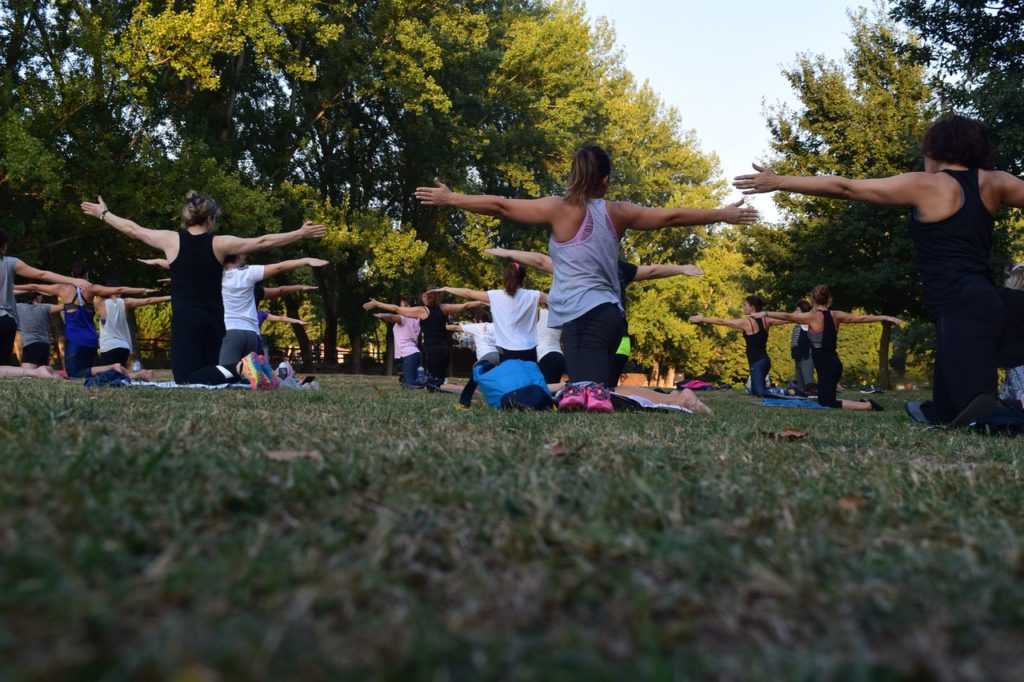
So what do you have in your bag? There is no need to stress about having everything—just think about the essentials! A good place to start is a change of clothing. Unpredictable weather and that “pop-up” class may spring up at any time; and a change of clothes to keep you dry and comfortable should you need to make a stop somewhere after class—is a must.
Hydration is important! Pop in a water bottle ready to fill. There is nothing worse than getting a tickle in your throat mid-pose and not having something to soothe it—or getting into your hot yoga class and needing to be quenched. This leads right into bringing a towel or two. Needing to wipe sweat off your face or hands and not having a towel can be uncomfortable; and if you have long hair—don't forget your headbands or hair ties. As you further ponder how to pack your bag, you may think of nice-to-have (but not absolutely necessary) odds and ends to tuck away; such as an extra phone charger and maybe your favorite mat cleaner.
One more last thing—after a session your bag may have accumulated packed clothes, towels, your water bottle and maybe a few yoga props; don't forget to unpack your bag along with your best self in the four corners of your mat and honor the time you have taken for yourself!